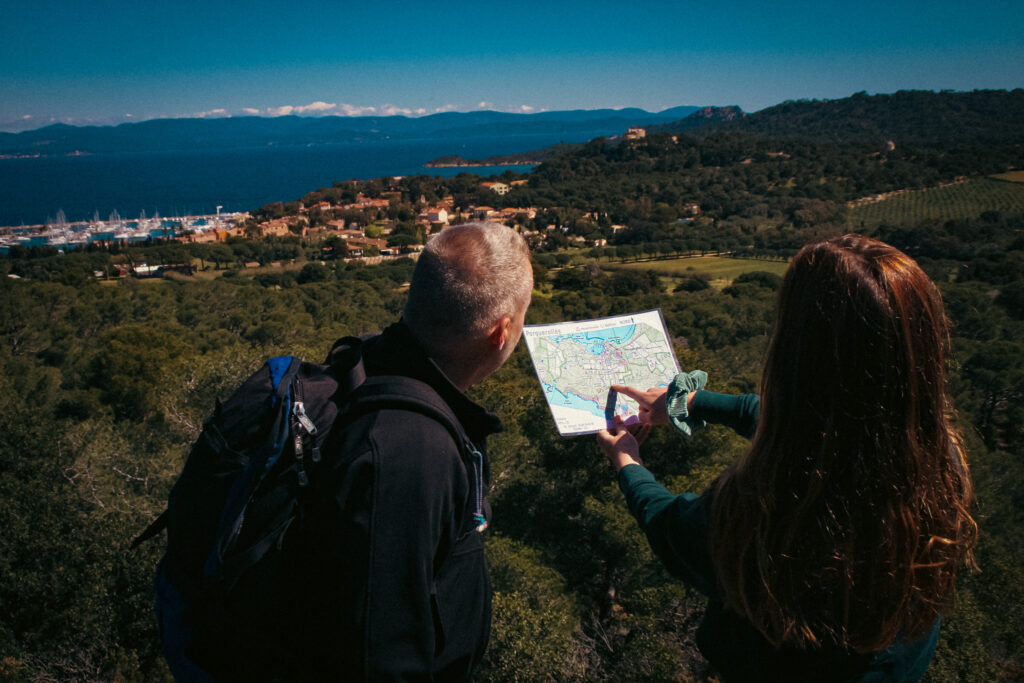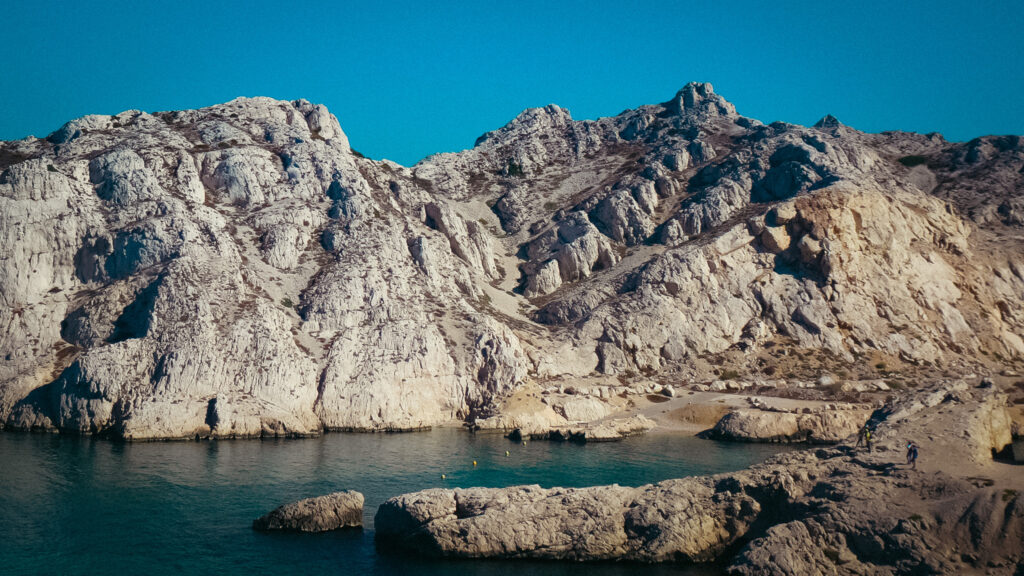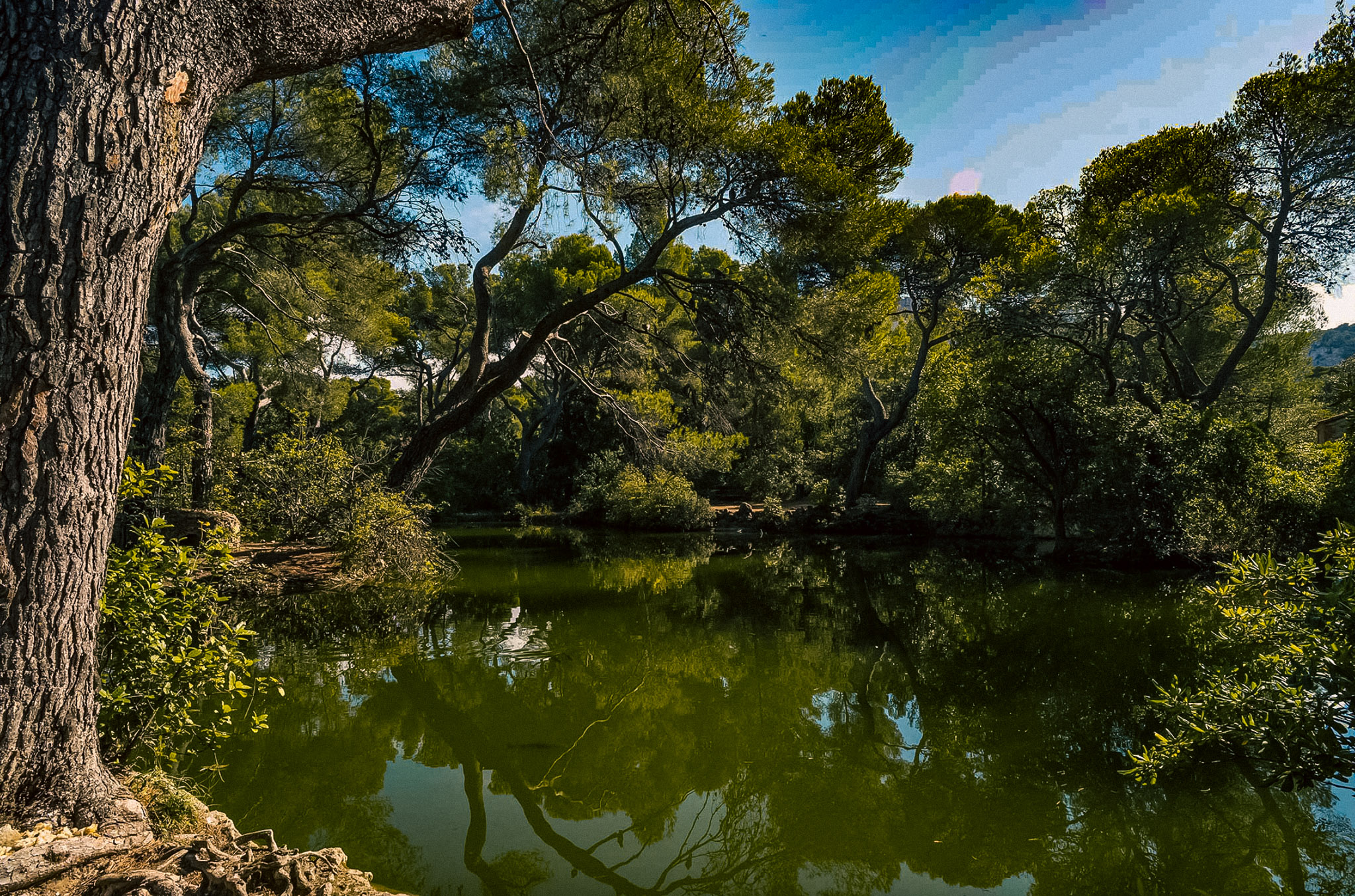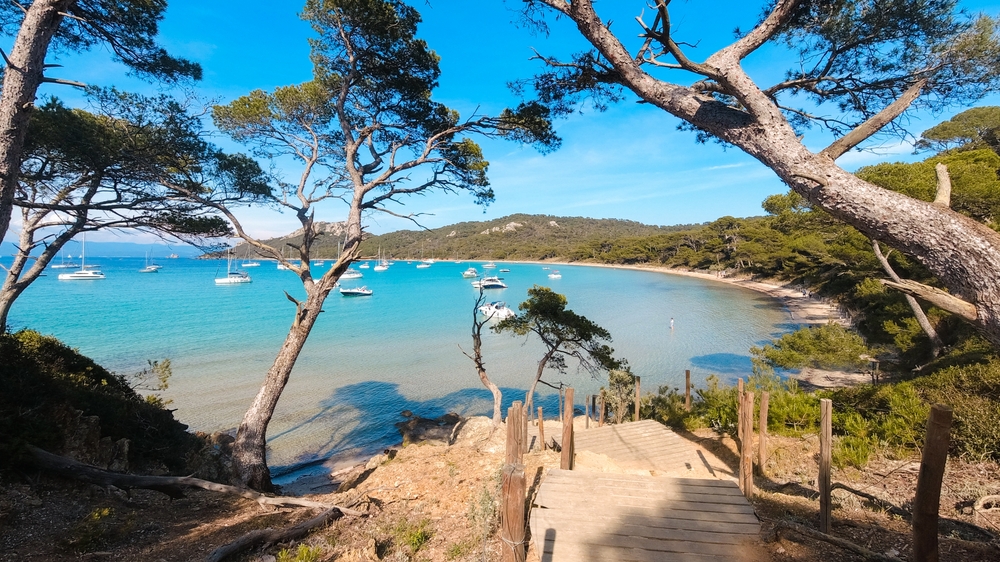Where do we go now?
ORIENTATION OUTINGS
A compass, a pair of legs and a postcard landscape.
Orienteering: Explore Nature and Develop Your Sense of Adventure
Work at your own pace: sometimes it's better to move in the right direction than to run in the wrong one.

Orienteering - Half-Day La Ciotat
28€
Per person
Groups of 8 to 30 people
"Discover the magic of half-day orienteering in La Ciotat, a captivating experience in the heart of the Mediterranean. Explore calanques, coastal paths and picturesque landscapes while developing your orienteering skills. Join us for an unforgettable adventure, combining exploration, discovery and challenges in the midst of an exceptional natural setting."
Highlights :
- Low-tourism location
- View of the sea
- Different route levels

Day orientation - Location à la carte
42€
Per person
Groups of 8 to 30 people
"Immerse yourself in an epic day of orienteering in the Bouches-du-Rhône, an outdoor experience that will introduce you to the natural beauty of this exceptional region while testing your navigation skills. Hike diversified trails, explore varied landscapes and find hidden beacons while enjoying total immersion in Provençal nature. Get ready for a thrilling adventure, combining exploration, learning and challenges in one of the most beautiful corners of France."

Orientation on Frioul Island
half or full day (3-7h)
From €28
Groups of 8 to 30 people
"Explore the hidden treasures of Frioul Island on an exciting orientation day. Located off the coast of Marseille, this island offers an exceptional setting to develop your navigation skills while discovering its natural and cultural wealth. Wander the picturesque paths, find strategically placed beacons and immerse yourself in a memorable adventure in the heart of the Mediterranean. Join us for an unforgettable experience that blends exploration, discovery and challenge on this island paradise."

Orientation
Campagne Pastré
half or full day (3-7h)
From €28
Groups of 8 to 30 people
"Discover Marseille's Pastré countryside in a truly unique way with our exciting orienteering activity. This magnificent stretch of Mediterranean nature offers the perfect setting to develop your navigation skills while exploring its picturesque landscapes. Wander the winding paths, decipher the map and find strategically hidden beacons for an unforgettable adventure. Discovery and challenge in the heart of the Pastré countryside, an experience that will leave you with lasting memories of Marseille."

Orienteering on the Ile des Embiez
half or full day (3-7h)
Groups from 1 to 80 people
Explore the hidden treasures of the Ile des Embiez on an exciting orientation day. Situated off the coast of Bandol, Saint Cyr and Sanary, the island offers an exceptional setting for developing your navigation skills while discovering its natural and cultural wealth.

Orientation
On Porquerolles Island
half or full day (3-7h)
Groups from 1 to 80 people
Discovery and challenge in the heart of the Porquerolles islands, an experience that will leave you with lasting memories of the near-by Giens and Hyères.
Orientation in detail
Orienteering: finding your bearings in nature
Orienteering is much more than just an outdoor activity. It's an exciting adventure that combines competition, nature exploration and navigation. In this article, we'll explore the sport, its origins, its basic techniques, and give you tips on how to become a seasoned orienteer.
What is Orienteering?
Orienteering is a land navigation sport in which participants, equipped with map and compass, must find a number of markers scattered around a natural environment. This activity requires a combination of physical and mental skills, as participants must not only run over varied terrain, but also make strategic decisions to choose the best route.
The Origins of Orienteering
Orienteering has its roots in Scandinavia, where it was originally used for military purposes. It soon became a popular sport, spreading throughout the world. Today, it is practiced both as a leisure activity and as a competitive sport at all levels.
Basic techniques
Using the compass: The compass is the essential tool of the orienteer. It enables you to maintain your course and orient yourself in relation to the map. Learning to use the compass accurately is fundamental.
Map Reading: Special orienteering maps show the terrain in precise detail, such as contours, paths, streams and markers. Knowing how to read a map is essential for finding beacons quickly.
Route planning: Before setting off, orienteers plan their route according to the layout of the markers and the characteristics of the terrain. This saves time and energy.
Orienteering is an activity rich in challenges and discoveries. Whether you practice it for the pleasure of exploration or for competition, it offers a unique outdoor experience. So get your compass ready, study your map and embark on the adventure of orienteering. You'll discover not only new terrain, but also a new way of connecting with nature.
FAQ
DID YOU KNOW?
Is it a complicated business?
Well, no!
Orienteering is an activity open to all! It's easy to adapt the routes and the physical commitment required to suit all audiences. It's a fun activity that offers a wide range of alternatives.
It calls on the physical and intellectual qualities of every individual, whether practised as a leisure activity or in competition.
With friends or family, CO is the perfect way to share moments together and strengthen team spirit!
This activity depends entirely on the outdoor environment for its existence, whatever it may be: in the forest, in the city or in the mountains, anything lends itself to the practice of OC! This makes it the ultimate outdoor activity!
Where else can you practice OC?
You could say that!
The C.O. was originally practiced on foot with very little equipment. But it's also available on skis, mountain bikes, horseback and in team raids.
But it's also possible to practice on the water in a boat such as a kayak. A wide variety of environments!
The only limits to orienteering are prohibitions to protect the environment and the production of maps. In fact, this activity requires very precise maps that enable orienteers to make the link with the terrain in which they are evolving.
Orienteering objective
The history of orienteering began in Sweden in 1850, in the army. Indeed, before becoming a fun and discovery activity for orienteers, the idea of finding one's way around an unknown course in the wilderness with the help of a map and compass was more suited to military training needs.
The Nordic countries then developed the activity, and it was in the 60s that OC was given its own international federation, the IOF (International Orienteering Federation).
At the time, it was enjoying a worldwide boom, thanks in particular to ecological awareness and the back-to-nature movement.
